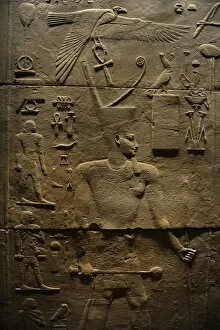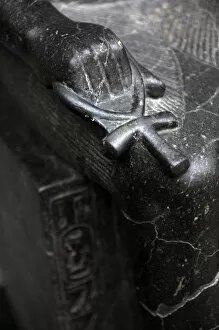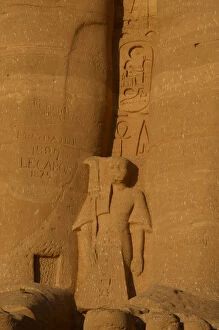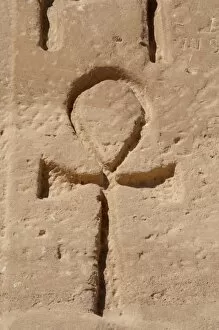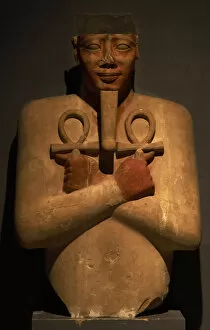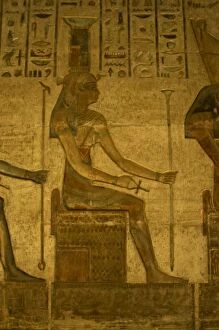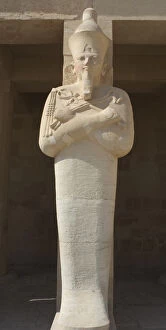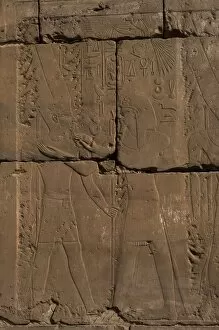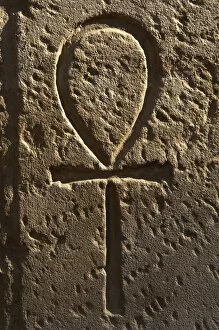Ansata Collection (#2)
"Discover the Rich Legacy of Ansata
For sale as Licensed Images
Choose your image, Select your licence and Download the media
"Discover the Rich Legacy of Ansata: A Journey through Ancient Egypt's Art and History" Immerse yourself in the captivating world of ancient Egypt as we explore the fascinating artifacts and monuments that showcase the enduring legacy of ansata. From Pharaoh Amenhotep I to Cleopatra VII, this diverse collection takes us on a journey spanning centuries. Step into the Temple of Ramses III, where intricate carvings depict the powerful pharaoh himself adorned with Khepresh, symbolizing his divine authority. Marvel at Hatshepsut's Osirian statue, a testament to her reign as one of Egypt's few female pharaohs. The Nyankhre false door stela transports us back in time, offering a glimpse into daily life during ancient Egypt. Admire Wennekhu's stela, which tells tales of his achievements and honors bestowed upon him by pharaohs. Delve deeper into history with the Naucratis decree from Herakleion-Thonis, shedding light on trade regulations during this prosperous era. Behold Hathor, goddess depicted with cow horns and sun disc—a symbol of fertility and protection—captured beautifully in stone. Amenhotep III stands tall beside Sobek in an awe-inspiring statue that showcases their power and influence. Witness a relief depicting a hand holding an ankh or crux ansata—the key to eternal life—an emblematic symbol deeply rooted in Egyptian spirituality. The intricately painted wooden coffin of Khonsu-hotep reveals artistic mastery from the 21st-22nd Dynasty—a true testament to ancient craftsmanship. Visit Dendera's Hathor Temple where Cleopatra VII once walked alongside Julius Caesar—truly experiencing history come alive. Finally, Karnak introduces us to Maat—the goddess embodying truth and justice—in a stunning relief that exemplifies Egyptian artistry at its finest.

